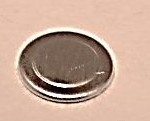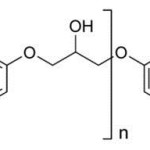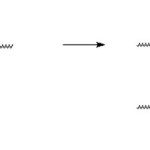Guest Post By Dr. R. Bruce Prime DSC can quantitatively measure the rate of cure, da/dt, from the exothermic heat flow, dH/dt, produced by the chemical cure reaction. As illustrated in the figure below, DHrxn is the total heat liberated from an uncured thermosetting system and can be measured in a DSC heating experiment. DH is expressed as heat per mole of reacting groups ... [Click to Continue...]
Thermoset Characterization Part 1: Introduction to DSC
Guest Post by Dr. R. Bruce Prime. Differential scanning calorimetry or DSC is the most widely used analytical technique to characterize thermoset cure, due its ability to quickly and accurately measure the glass transition temperature Tg and conversion or degree of cure. Tg is the temperature where on heating the thermoset changes from a rigid glass to a liquid, or to a rubber ... [Click to Continue...]
Characterization of Thermosets
We will be embarking on an extended series of posts covering characterization of thermosets. In previous posts I discussed thermoset chemistry and curing. A key aspect of understanding thermosets and their applications is to have a basic knowledge of some of the key testing methods used to characterize both the curing and final properties. We will also present an ... [Click to Continue...]
Epoxy Cure Chemistry Part 5: Putting it all together
In the series on epoxy cure chemistry we covered epoxies, curing agents, and the chemical crosslinking pathways (nucleophilic reactions). In this post we will discuss how to put all the pieces together to do some “molecular engineering” to formulate products with different fully cured properties. This type of approach has been used extensively in commercial products from ... [Click to Continue...]
Epoxy Cure Chemistry Part 4: Nucleophiles in Action
The image below shows an SN2 nucleophilic addition to an epoxy group. Whoa, this is real chemistry! As I wrote this post, it harkens to the days when Morrison and Boyd was a constant companion in my backpack! For those of you who might not be familiar, Organic Chemistry by Morrison and Boyd is a 1250 page classic textbook used ... [Click to Continue...]





